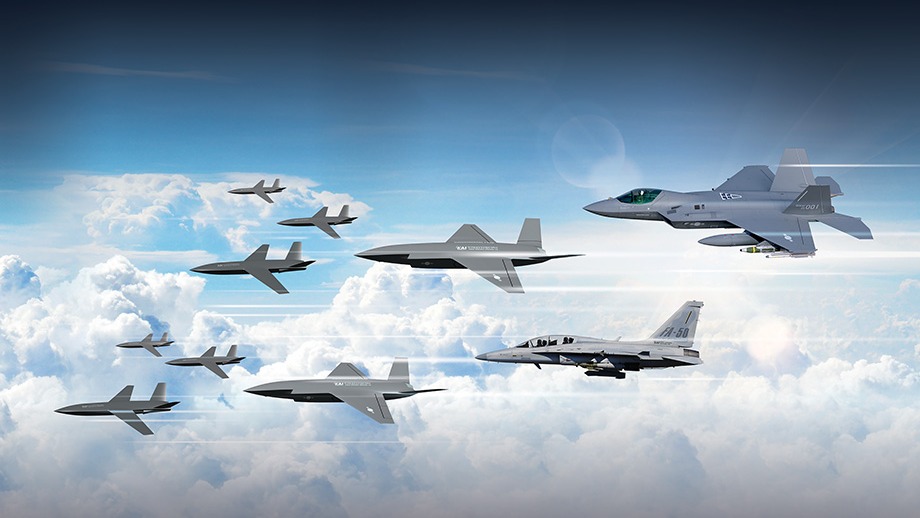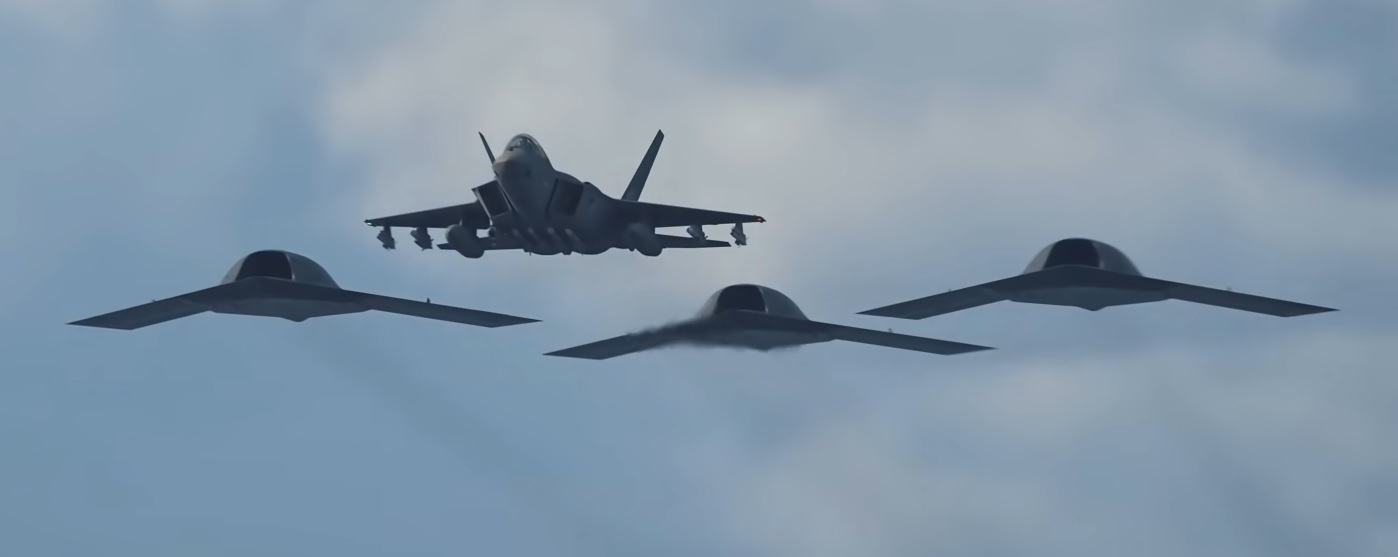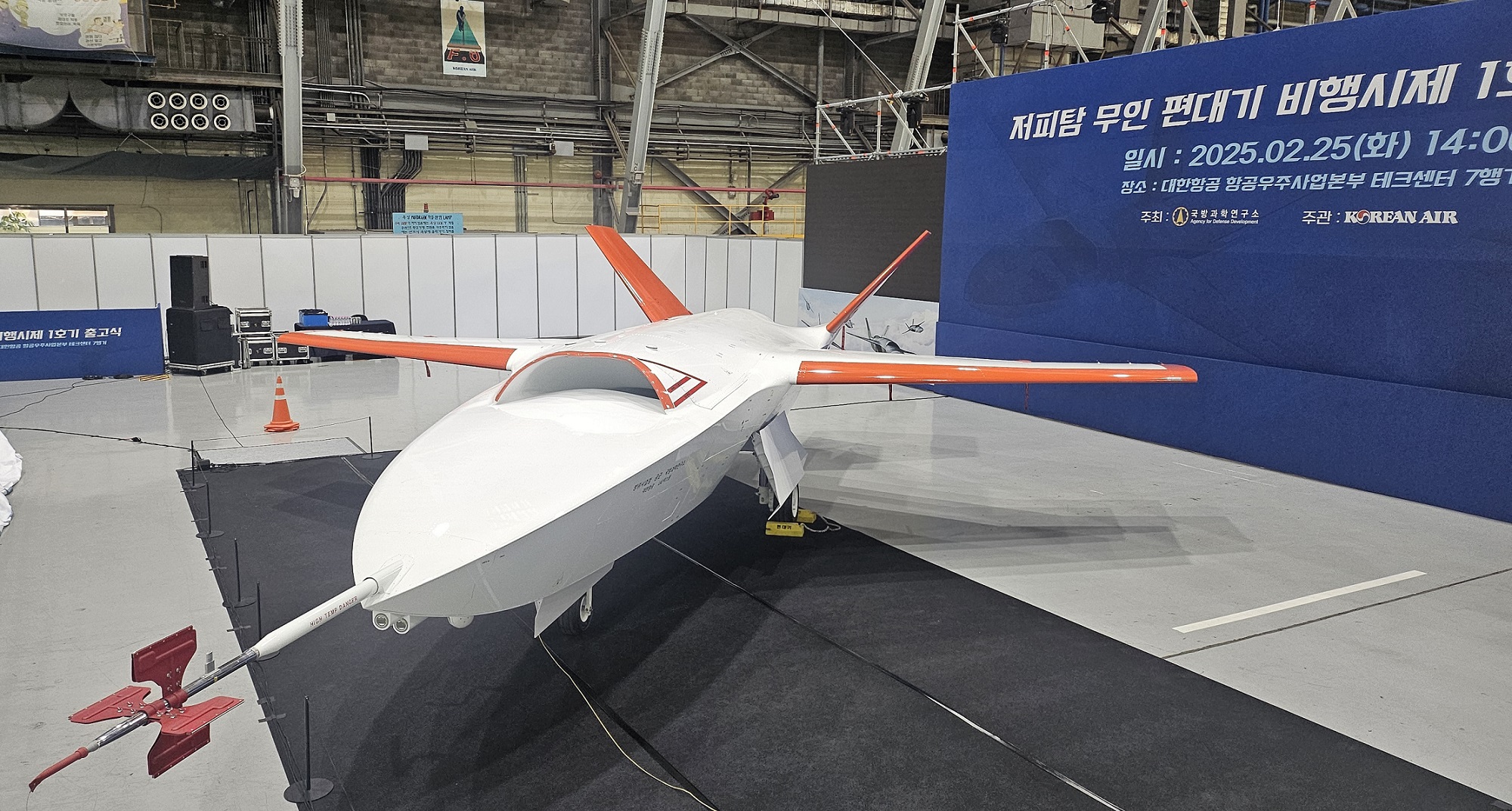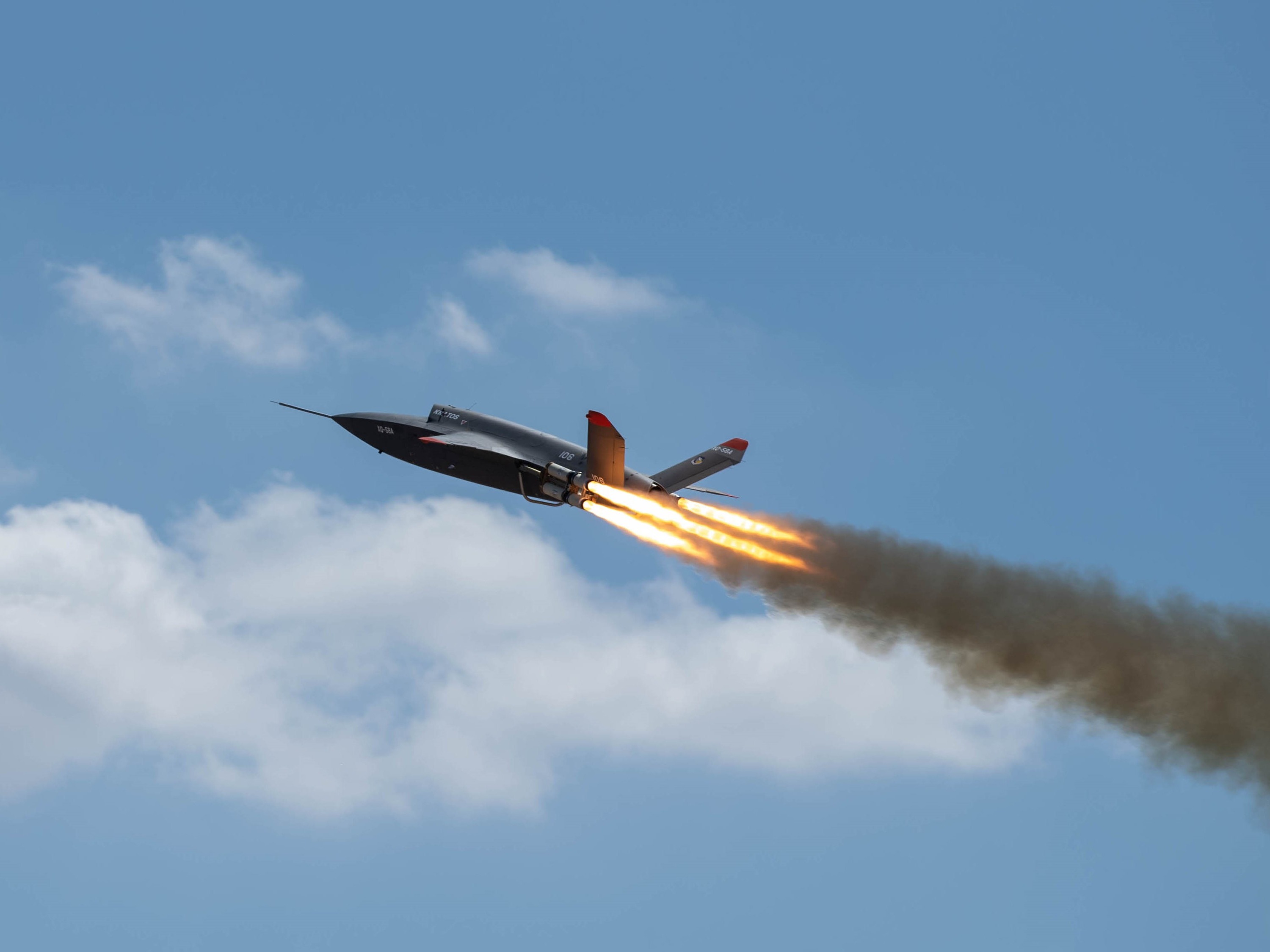KAI signs MoU with Kratos for manned–unmanned teaming tech
KAI seeks to accelerate MUM-T maturity using Kratos’ Valkyrie and CCA experience.
Korea Aerospace Industries (KAI) and U.S.-based Kratos Defense & Security Solutions signed a Memorandum of Understanding (MoU) on October 16 to cooperate in the field of Manned–Unmanned Teaming (MUM-T) systems, marking another step in South Korea’s efforts to consolidate an operational architecture centered on its KF-21 Boramae fighter.

According to KAI, the agreement aims to establish a long-term industrial partnership for the development of MUM-T capabilities initially targeted at the domestic market, with potential expansion to international customers. The MoU was signed by Cha Jae-bong, CEO of KAI, and Steve Fendley, President of Kratos Unmanned Aerial Systems, and seeks to combine KAI’s experience as a systems integrator with Kratos’ family of unmanned aircraft, including the XQ-58A Valkyrie, extensively tested by the U.S. Air Force.
The agreement aligns with KAI’s broader strategy to build an integrated ecosystem of manned and unmanned air systems — one of the six pillars of its future defense platforms. The company has been advancing this concept through its KAILOT onboard artificial intelligence program, recently presented as the foundation of a South Korean “sovereign AI” designed for swarm control and cooperative unmanned operations.

Kratos brings over two decades of experience in developing high-performance, low-cost unmanned aerial vehicles such as the BQM-167, BQM-177, and MQM-178, as well as the Valkyrie, its most advanced Collaborative Combat Aircraft (CCA). Together, the two companies could accelerate the maturation of South Korea’s MUM-T concept without the need to design an entirely new platform—leveraging a flight-proven base to focus on mission integration and control architecture.
Possible complement to the LOWUS program
In Seoul, the MoU with Kratos is seen as a potential complement to the domestically led LOWUS (Low Observable Wingman UAV System) program, currently developed by the Agency for Defense Development (ADD) and Korean Air. Initiated in 2021, the program expects its first flight before the end of the year, with integration into the KF-21 platform targeted for 2027.

In practical terms, the MoU opens the door to a complementary architecture: lower-cost Kratos platforms configured as nodes for intelligence, surveillance, targeting, and electronic warfare, operating in concert with the KF-21 and LOWUS. In this setup, Kratos UAVs would serve as sensors and electronic disruptors—absorbing operational risk—while the LOWUS and manned fighters carry out precision strikes with guided munitions, reducing pilot and aircraft exposure to enemy defenses.
This division of roles would allow KAI to focus resources on advancing KAILOT and MUM-T doctrines, using proven platforms to validate in-flight datalinks, EW tactics, and autonomous control before deploying higher-cost or lower-availability systems.
A European precedent
The agreement with Kratos is not the first of its kind. In July, Airbus Defence and Space signed a similar MoU with the same U.S. company to adapt the XQ-58A Valkyrie to the European operational environment, integrating a proprietary mission system with interoperability for the Eurofighter. The initiative reflected a shift in industrial strategy: rather than developing a UCAV from scratch, Airbus opted to integrate national capabilities onto a mature base—reducing time, cost, and certification risk.

The South Korean case follows a similar logic. KAI secures access to a proven and modular flight platform, adaptable with national avionics, software, and control systems, while continuing to advance its indigenous developments in parallel. For Kratos, the agreement represents another opportunity to embed its technology in an internationally projected program, following its success in Europe.
If it materializes into practical integration phases, the KAI–Kratos partnership could shape Asia’s first operational MUM-T ecosystem based on a 4.5-generation fighter, offering export potential to countries seeking U.S.-interoperable yet locally adaptable solutions.

/https://aviacionlinecdn.eleco.com.ar/media/2021/04/Kratos-XQ-58A-Valkyrie.jpg)
Para comentar, debés estar registradoPor favor, iniciá sesión